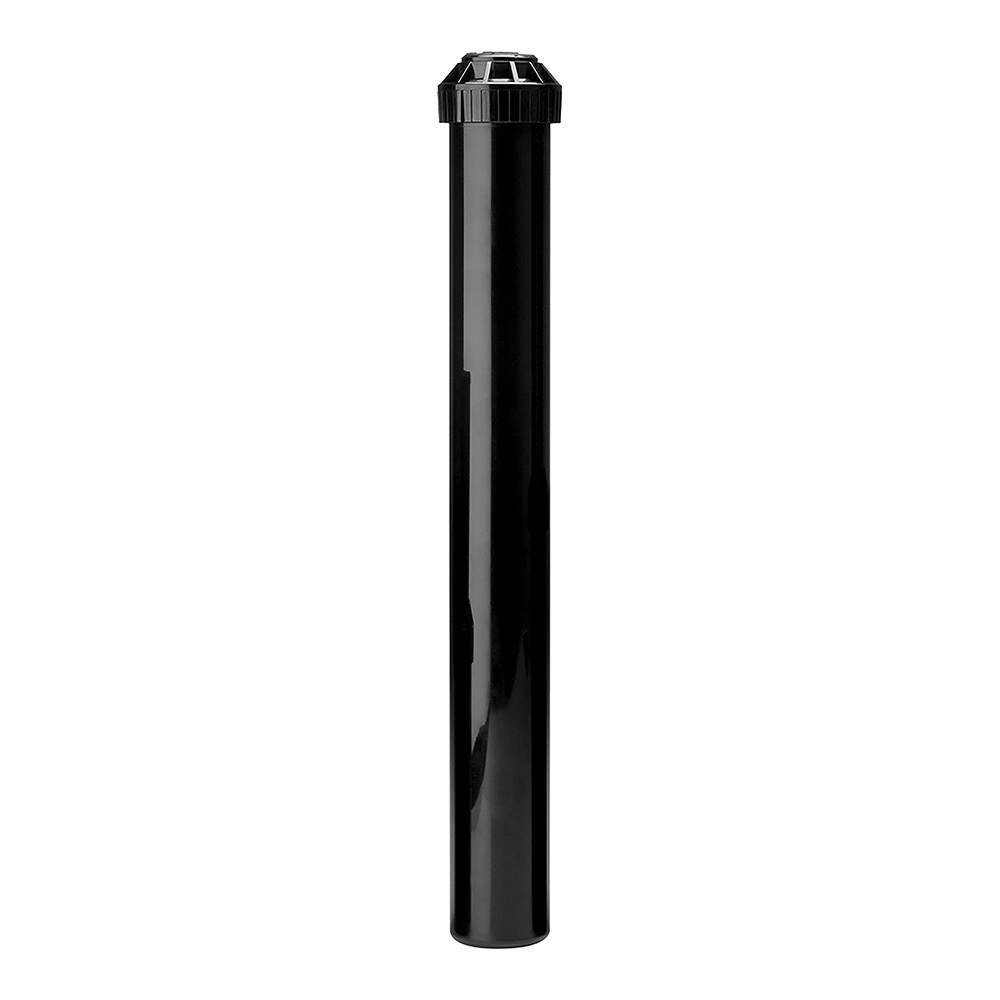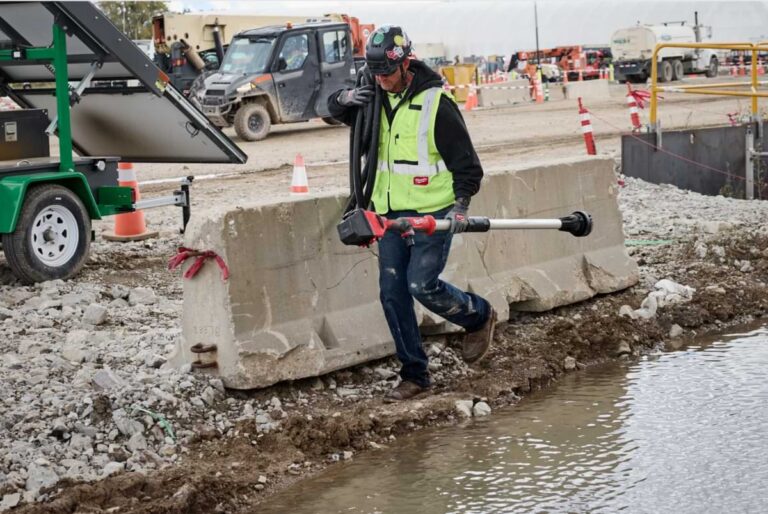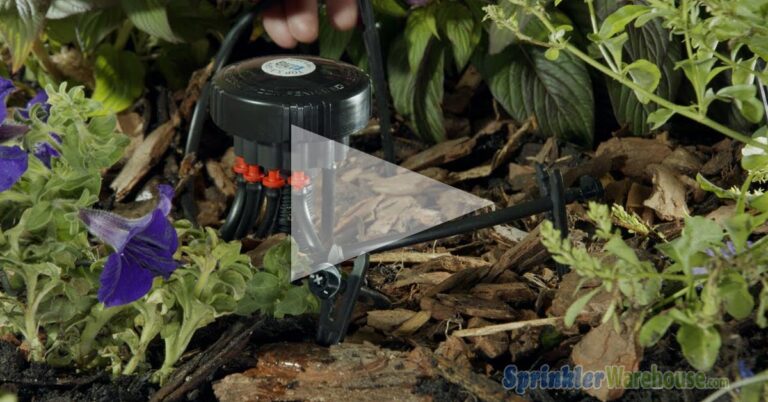Pressure Tanks Prolong The Life Of Your Pump
Pressure tanks work by pressurized water, making it available to your home or irrigation system. When pressure drops below a certain point, a sensor triggers the pump to replenish the water and raise the pressure. Pressure tanks elongate the pump’s lifespan by allowing them to run when needed. They also reduce water hammer instances by keeping the water in the irrigation lines at constant pressure. Pressure tanks are typically used in conjunction with private wells.
Tanks provide consistent pressure to a home’s water system within a range of approximately 20 pounds per square inch (psi). They also act as reservoirs, holding extra water in the system. In most home water systems, the pump turns on (cuts in) at 20, 30 or 40 psi and turns off (cuts out) at 40, 50 or 60 psi. There is a diaphragm in the tank with pressurized air above the diaphragm and a water holding area below.
How It Works
1. As the water holding area fills, the diaphragm goes up, increasing the pressure and pressurizing the plumbing system.
2. Once the system pressure reaches the pump cut out pressure, the pump stops.
3. Water in the pressure tank is available to the system. As water leaves the tank, the pressure in the tank drops. The pump won’t cut in until enough water is drawn to cause the pressure to drop below a certain level. Then the pump cuts in and runs until the system pressure reaches the pump cut out level.
Pressure tanks prevent the need for pumps to cycle on and off each time the water is turned on. Reducing on and off cycles cuts down on wear and tear and prolongs the pump’s life.
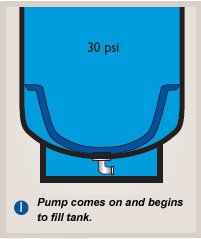
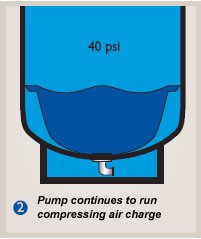
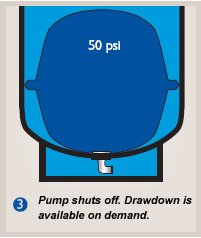
Choosing A Pressure Tank
When choosing a pressure tank you will need to know:
- the gallons per hour (gph) your pump pushes in your plumbing system
- the number of plumbing fixtures, including outside spigots, in the system.
Most manufacturers produce a chart that you can plug those numbers into to size your pressure tank. If you’re in doubt about the size tank you need, it’s always better to go with larger pressure tanks. Larger tanks hold more water and reduce the number of times the pump cycles on and off.























